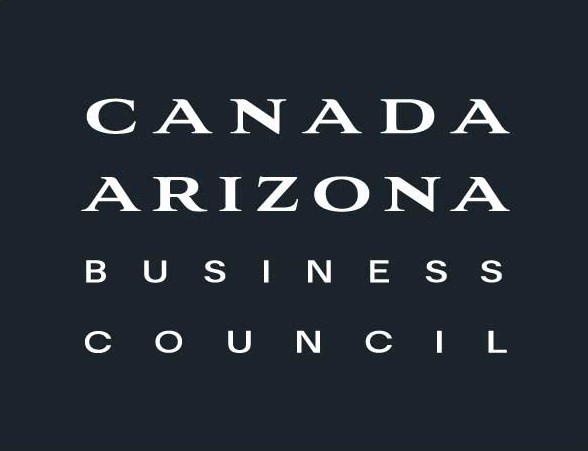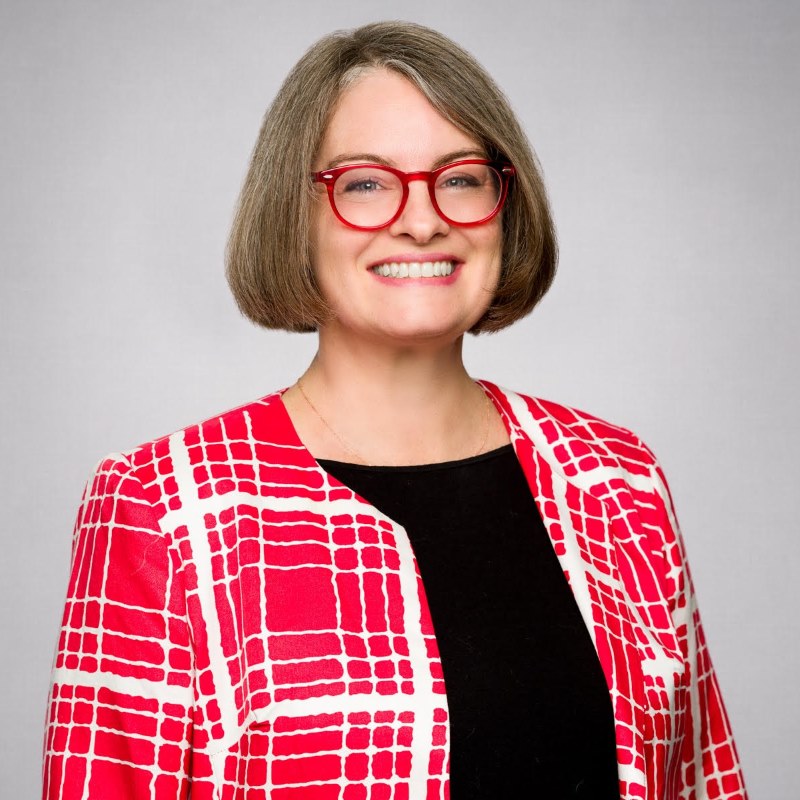The Canada Arizona Business Council has created Project Workforce as a critical initiative to continue and strategically discuss the one component that makes all the other CABC’s initiatives work, and that is the different levels of the state’s labor talent. The universities are full of students wanting a higher education. We all have encouraged kids to go to college and get a degree. When in actuality the past, present and future of America has relied on the undervalued skilled laborers who are trained to build with their hands, run machinery and who are the physical, and often, invisible force behind bringing goods and services to market. They have been down played by higher education messaging. Arizona’s public and private sectors are aware that in order to create and maintain a future for mining, foreign direct investment, tourism, technology and healthcare there needs to be a shift in messaging and to encourage students to seek trained and vocational certifications and degrees-and as early as high school.
Business Facilities Online news stated that November 2022 figures from the Bureau of Labor Statistics show the state ranked first for year over year job growth (8.32%), with more than 15,000 manufacturing jobs added through that month. Arizona also ranks among the top three states for the fastest jobs recovery in manufacturing, adding more than 17,000 jobs since the pre-pandemic peak. America is starting to make things again. Our GDP relies on our exports of goods. With positions burgeoning in trades and vocations, this has become the “growth” category of Arizona’s jobs for manufacturing. The discussions need to start by engaging high schools and to re-write the teaching curriculum to not only encourage trades and vocations, but to also retrain this age group’s mindset that consuming is good, but building is better. They can be THE solution not part of today’s mentality of consuming and not working.
Governing bodies who determine high school curriculums would benefit by seeking the private sector’s job fulfillment needs and to give them an opportunity to create specific curriculums and certifications at the high school level that will fulfill their workforce needs. Private companies know exactly what skills and training their employees must have now and when projecting the needs into the future. This educational model can only be determined by companies who know the trends and future of the workforce. Companies can invest in sponsoring students and/or offering scholarships to those who choose a trade or vocation. Students can earn certifications each semester, giving them skilled training for immediate jobs. They can move up through their career and mentor and train the next generation. This model augments the current educational model where students are incurring massive student loan debts, are vying for positions in over saturated fields, and who remain unemployed after graduation.
Arizona’s AND America’s next level of growth lies in new training and educational messaging. What is relevant to Arizona’s growth is the expansion of manufacturing, mining, tourism, healthcare and vocational, trade and other skilled careers are relevant to existing and future Arizona companies that require trained and skilled workers. Workforce fulfillment, along with cost of doing business are the two major factors in companies wanting to relocate. Activating this high school future-workforce is going to be key to this growth and expansion.
It begins with updating terminology when referring to blue collar jobs and this segment of the workforce to vocational and trade positions and careers. Re-messaging to the public to honor and respect the workforce who have a different educational background and a high skilled and trained position.
Giving more honor and respect to this area not only to the public, but in the eyes of parents and students. These are the high paying jobs of the future. These will be the last careers to be replaced by AI. This is the workforce segment that is the backbone of America. This is the consumer without student debt who can immediately start their career in manufacturing, mining, water augmentation, running heavy equipment, landscape architects, etc. These are the future workers who fly under-the-radar and will be able to purchase homes and begin to invest, sooner than their counterparts who are still looking for jobs in already crowded fields and paying back large student loans.
The balance in the workforce between higher, mid- and trained/vocational education is a discussion that the public and the private sectors need to have. All three levels are and will be needed, however the pipeline of training skilled and advanced manufacturing jobs, is not being sufficiently fed for the anticipated growth in Arizona for the next two decades. Without this segment of workforce there will be a breakdown in the state’s economic growth. Discussions on cultivating a skilled and trained workforce, starting in high-school, need to start now. The CABC membership recognizes that the time is now to bring attention to this initiative, Project Workforce.
For a list of our goals and a downloadable version of this initiative, click here.
committee members include:
City of Glendale
Redirect Health
City of Surprise
Spencer Fane
Pima County
TSMC
Pima JTED
Westmarc

